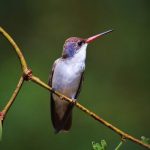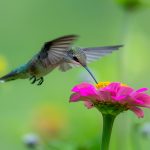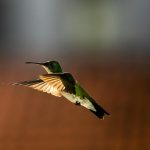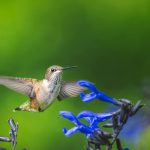Hummingbirds have high energy needs and rely on nectar as their primary source of fuel. When preparing nectar for hummingbird feeders, it’s essential to use the right kind of sugar. In this article, we will explore the different types of sugar and discuss which one is best for hummingbirds:
1. White Granulated Sugar
White granulated sugar is the most commonly used sugar for making hummingbird nectar. Here’s why:
- Dissolvability: White granulated sugar dissolves easily in water, making it readily available for hummingbirds to consume.
- Purity: White granulated sugar is highly refined, which means it does not contain impurities or additives that could be harmful to hummingbirds.
- Nutritional Content: While white granulated sugar does not provide any additional nutrients beyond carbohydrates, it is a suitable energy source for hummingbirds.
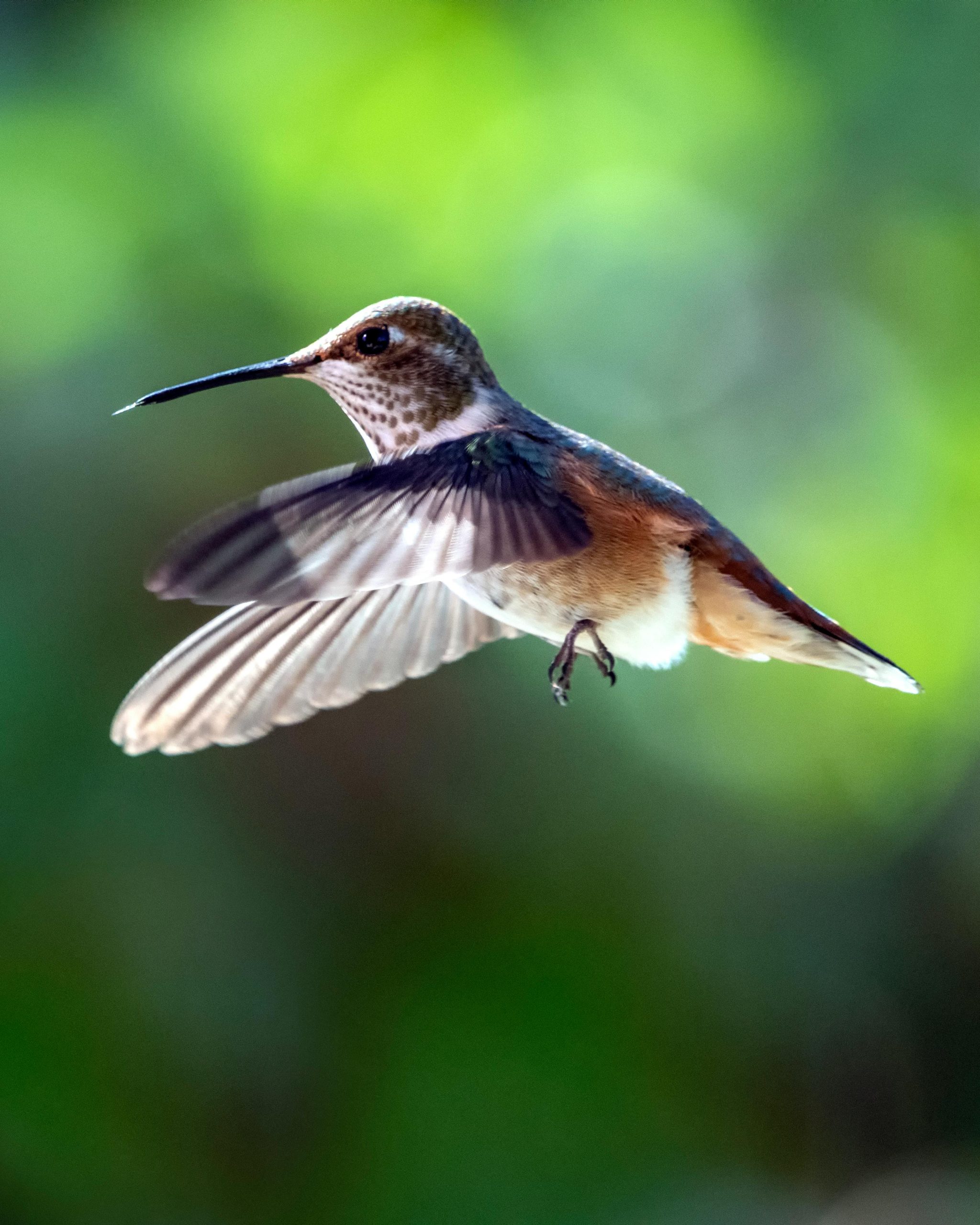
2. Organic Cane Sugar
Organic cane sugar is another option for making hummingbird nectar. Here are some considerations:
- Source and Processing: Organic cane sugar is derived from sugarcane, and it is minimally processed compared to white granulated sugar.
- Environmental Impact: Some people prefer organic cane sugar because it is produced without synthetic pesticides or fertilizers, making it more environmentally friendly.
- Taste: Organic cane sugar may have a slightly different flavor compared to white granulated sugar, but hummingbirds generally have a strong preference for the sweetness of nectar rather than specific sugar flavors.
3. Avoiding Alternative Sweeteners
While there are various alternative sweeteners available, it’s important to avoid using them in hummingbird nectar. Here’s why:
- Artificial Sweeteners: Artificial sweeteners, such as aspartame or sucralose, are not suitable for hummingbirds. They do not provide the necessary energy and can be harmful to their health.
- Honey and Agave Nectar: Although honey and agave nectar are natural sweeteners, they are not recommended for hummingbird nectar. These sweeteners can promote the growth of harmful bacteria and fungi, posing a risk to hummingbirds.
- Raw or Brown Sugar: Raw or brown sugar contains additional compounds that can be harmful to hummingbirds and may not dissolve as easily as white granulated sugar.
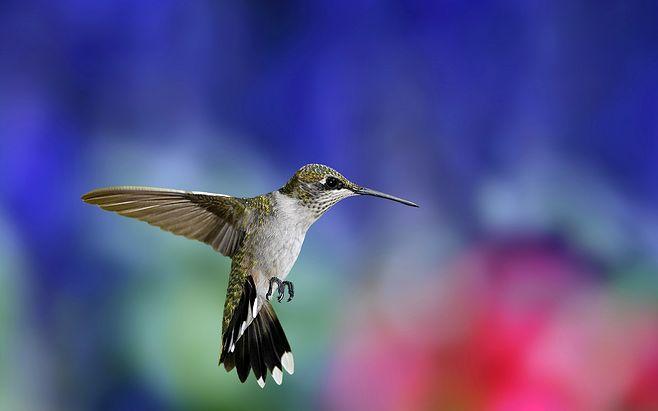
4. Nectar Preparation
When preparing nectar for hummingbirds, it’s important to follow the right proportions and methods. Here are some guidelines:
- Water-to-Sugar Ratio: The recommended ratio for hummingbird nectar is 4 parts water to 1 part sugar (4:1). This ratio closely mimics the natural sugar concentration found in flower nectar.
- Boiling Water: Boil the water before adding sugar to help dissolve it more effectively and to kill any potential bacteria or mold spores in the water.
- Cooling and Storage: Allow the nectar to cool completely before filling the hummingbird feeder. Any leftover nectar should be stored in a clean, refrigerated container for no more than one week.
- Feeder Hygiene: Regularly clean and refill the hummingbird feeder every 3 to 4 days, or more frequently in hot weather, to prevent the growth of harmful bacteria or fungi.
5. Additional Considerations
While using the right sugar is crucial, there are other factors to consider when providing nectar for hummingbirds. Here are a few additional considerations:
- Red Color: Consider using a red-colored feeder or adding red accents to attract hummingbirds, as they are highly attracted to the color red.
- Feeder Placement: Hang the feeder in a visible and accessible location, away from windows and in a shaded area to prevent the nectar from spoiling quickly.
- Seasonal Changes: Adjust the frequency of nectar changes and feeder placement according to the seasons. In hotter weather, nectar may spoil more quickly, requiring more frequent changes.
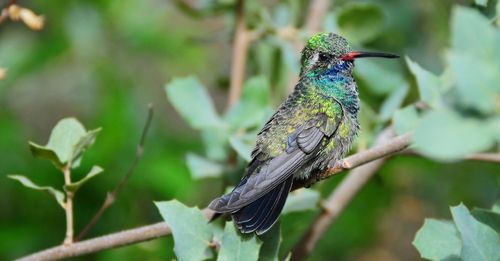
- Native Plants: Planting native flowers and providing natural sources of nectar can supplement the hummingbirds’ diet and support their overall well-being.
- Water Sources: Consider providing a shallow water source, such as a birdbath or a misting fountain, for hummingbirds to drink and bathe.
By following these guidelines and using the right sugar, you can create a safe and enticing environment for hummingbirds. Enjoy the beauty and wonder of these fascinating creatures as they visit your yard!

